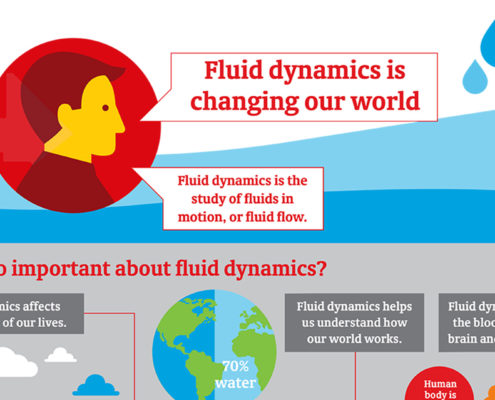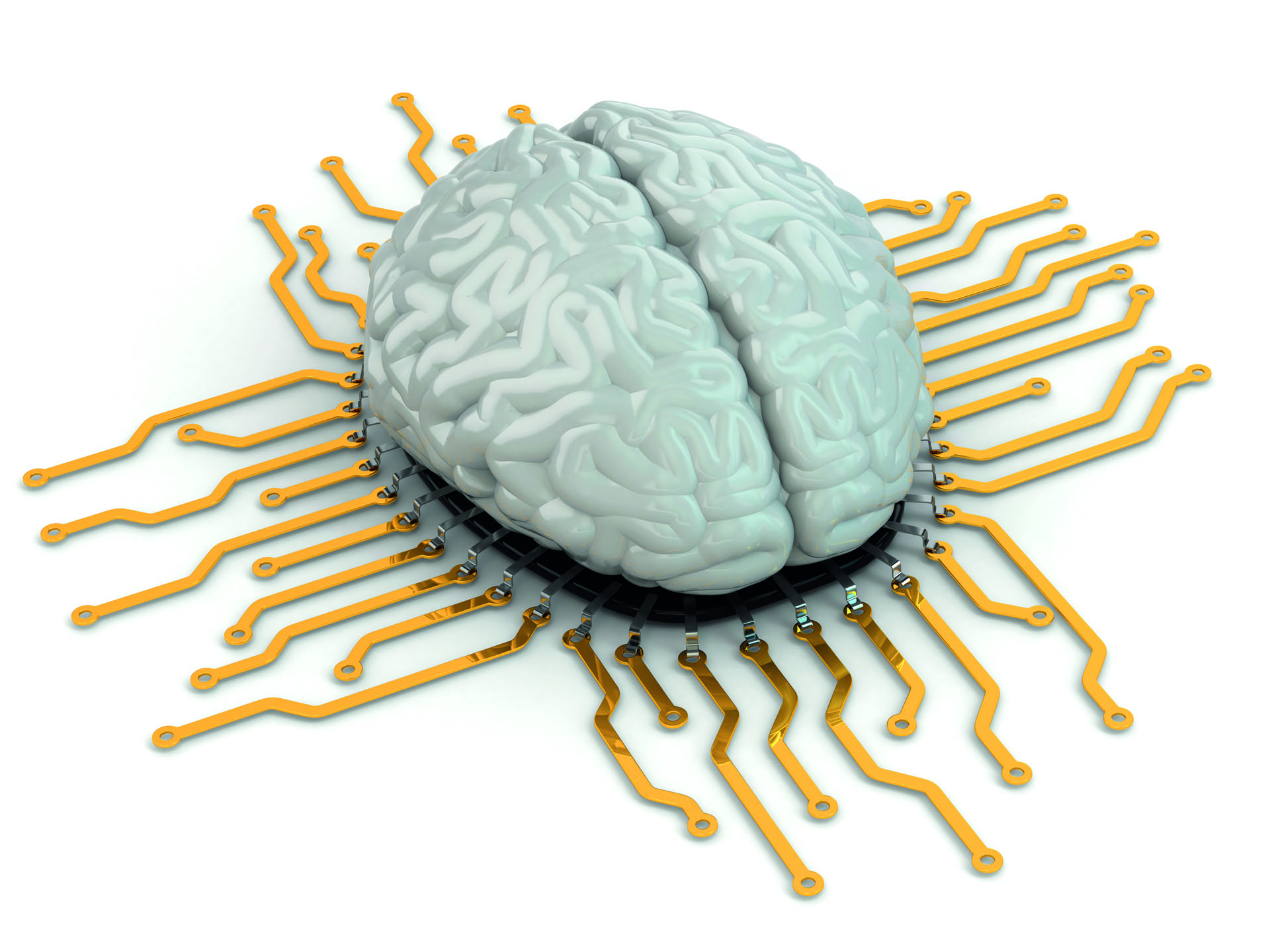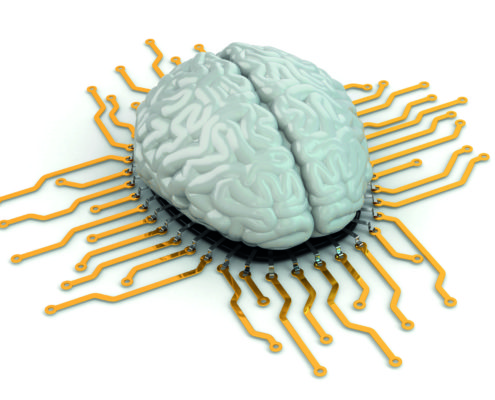In several neurodegenerative diseases, the BBB-functionality is disturbed. How? We’re not sure yet.
By mimicking the gatekeeper on a microscale, we can get a better understanding of the barrier function of the BBB. The BIOS Lab on a chip Group in Twente developed a microfluidic platform to model both biochemical and mechanical stress in the barrier: a micro-environment, containing real life brain cells.
Using the principles of nanofluidic transport, we now have a model to study the brain-gatekeeper. How do diseases work, and how can we evaluate drug passage and in that way also gain insight in the treatment of these neurodegenerative diseases.
 https://cpp.canon/app/uploads/2018/05/Infographic-Fluid-Dynamics.jpg
1080
1920
Michel van der Wal
Michel van der Wal2018-07-23 10:40:582019-02-18 13:31:53Infographic: fluid dynamics is changing our world
https://cpp.canon/app/uploads/2018/05/Infographic-Fluid-Dynamics.jpg
1080
1920
Michel van der Wal
Michel van der Wal2018-07-23 10:40:582019-02-18 13:31:53Infographic: fluid dynamics is changing our world










